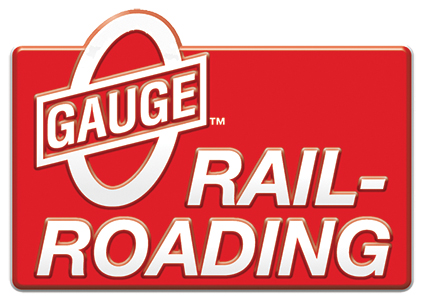Design, Operation, and Maintenance
|




|
Design, Operation, and Maintenance
Replies sorted oldest to newest
That is a very cool video. Such a shame that none of the Hudsons were saved.
Thank you Charlie for posting that. A very good video of the Hudsons.
What's this? A fellow named Pennsy K-4 posting a tip top NYC Hudson video?
How can this be? If we're not careful, they'll merge one day! ![]()
Hi Charlie,
Thanks for posting a great video!!
Alex
What a great video! Thank You!
Never knew about the water between the rails..for pickup as the train moved along. Thanks
Glad you enjoyed.
Thought the information on the steam engine service facilities and how they functioned was worth posting.
A big Four engineer called "Billy - the KID"- Vom Hofe told me ages ago at the Columbus RR show that the heaviest freight he ever saw started with a Central steamer was not a Niagara or Mohawk, but a J1 with a functional booster back when he fired in the mid '50s. When the PRR T1 outfit finishes their chooch, one of these should be next....ie, 5344 !
Great video, thanks for posting.
Question, it explained how after dumping the fire in the ash pit, there was still enough steam pressure for it to move into a stall in the roundhouse. However, once the maintenance work is done, how does it leave the roundhouse. Under its own power, towed, something else?
Question, it explained how after dumping the fire in the ash pit, there was still enough steam pressure for it to move into a stall in the roundhouse. However, once the maintenance work is done, how does it leave the roundhouse. Under its own power, towed, something else?
Actually that is a VERY good question. There were two methods that a locomotive could leave the roundhouse after a monthly, a quarterly, or an annual inspection:
1) towed out but the shop switcher, and "fired-up" outside.
2) The most common method was to fill the boiler to a safe level on the gauge glass, with steam & hot water from the roundhouse steam power plant. Virtually ever stall would have a connection to the "house steam supply", which was easly connected to the locomotive boiler through a blowdown valve, on either side of the firebox. In a matter of 15 to 20 minutes, the locomotive has a half glass of water and about 150 to 200psi steam pressure.
The coal could then be laid on the grates in the firebox, and the fire started by soaking the coal with some kerosene/coal oil, while the locomotive's own blower provides draft. The shop forces would then disconnect the "house steam" and the Hostler could back the locomotive out under its own steam.
Hot Water, Thanks.
Would the steam power plant have been located inside the roundhouse or in an adjacent building. Anyone have pictures. I would try to model this as accurately as possible
Hot Water, Thanks.
Would the steam power plant have been located inside the roundhouse or in an adjacent building. Anyone have pictures. I would try to model this as accurately as possible
Generally a separate structure, and depending on the overall size of the locomotive facility AND adjacent freight yard, the "Power House" would be VERY large, The "Power House" also provided HUGE quants of compressed air for the Roundhouse, servicing ramps, and the freight yard (yard air was used to pre-charge made-up freight trains).
Start looking for arial views of locomotive servicing facilities and Classic Trains Magazines, as Classic Trains has an arial photograph every issue of some railroad's famous terminal.
Access to this requires an OGR Forum Supporting Membership
